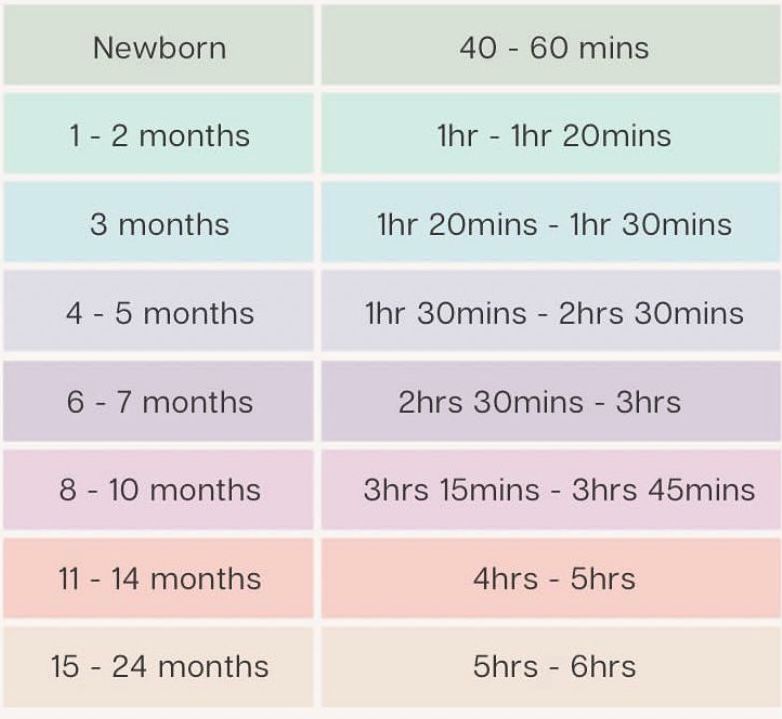What Is Sleep? And Why It Sometimes Feels So Tricky for Babies
sleepyheads / Jun 30, 2025

Sleep might seem like just closing your eyes and drifting off—but there’s actually a lot going on behind the scenes. Understanding how sleep works can help you make sense of your baby’s sleep patterns (and those unpredictable wake-ups!).
The Two Key Processes That Control Sleep
Sleep is guided by two main systems in the body. Think of them as two teammates working together to help your baby fall asleep and stay asleep:
💤 Process S – The Sleep Pressure (and Why Wake Windows Matter)
Think of ‘Process S’ as your baby’s ‘sleep pressure’—the natural build-up of tiredness that happens the longer they’re awake. Just like adults feel more tired after a long day, babies also build up this pressure over time. But here’s the twist: babies can only stay awake for a certain amount of time before they become overtired.
This is where ‘wake windows’ come in.
‘Wake windows’ are the ideal stretches of time your baby can stay awake between naps or bedtime. These windows change as your baby grows, because their ability to handle being awake gets stronger with age.
Here’s a general guide to wake windows by age:

When your baby stays awake too long, their body can release stress hormones like cortisol, making it harder for them to fall asleep—even if they’re exhausted. On the flip side, if they haven’t been awake long enough, they might not have built up enough sleep pressure to settle easily.
So, ‘getting the wake window just right’ helps ensure that Process S is working smoothly—and that your baby is ready for sleep when the time comes. This also helps them to succeed at self-settling, which is why baby sleep training emphasizes a lot on wake windows, also this is how baby sleep training uses science to help your baby fall asleep!
🌙Process C – The Body Clock
This is your baby’s ‘internal clock’, also called the circadian rhythm. It helps the body know when it’s time to be awake and when it’s time to sleep. It’s influenced by light and dark, so things like morning sunshine and a dark room at bedtime help set this clock.
Babies are not born with the ability to determine what is day and what is night, therefore during the newborn stage parents play a huge role in setting this straight. Controlling a baby’s day time sleep and promoting longer stints of sleep at night will help to resolve this.
Why Sleep Sometimes Goes Off Track
If your baby is struggling with sleep, it’s often because one of these two processes isn’t lining up quite right. Maybe your baby hasn’t built up enough sleep pressure because they are following incorrect wake windows (Process S), or their body clock (Process C) is out of sync—like when naps are too long during day time or bedtime is too late in the night.
The good news? Once you understand these two processes, you can gently guide your baby’s sleep in the right direction. If you need help to learn more set up an online consultation with Shehara Ferdinandis – Certified Sleep Trainer by clicking below.